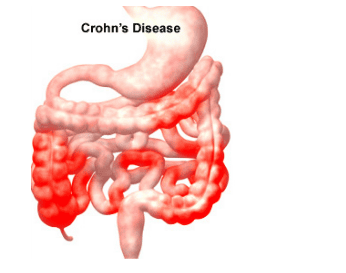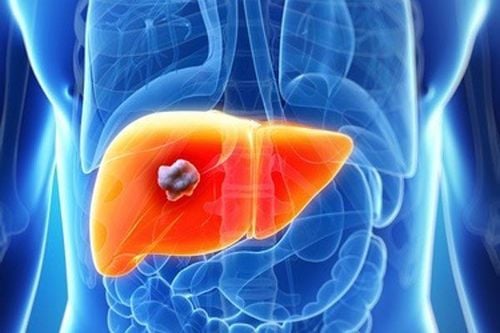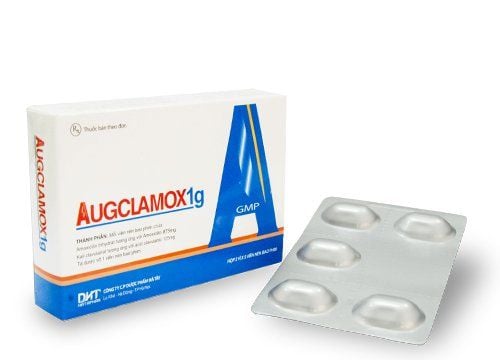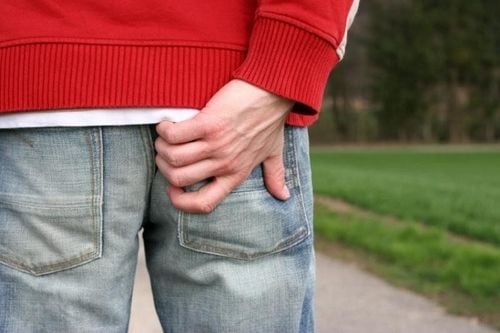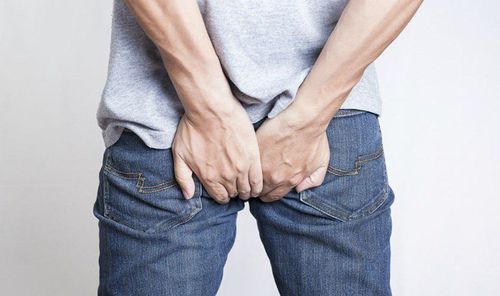This is an automatically translated article.
The article was written by Doctor Trinh Giang Loi - Department of Gastrointestinal Surgery - anorectal, Vinmec International General HospitalAnal fistula (also known as eel veins) is the second most common anorectal disease after hemorrhoids, although it does not cause death, it causes a lot of troubles in life, affecting labor productivity. and quality of human life.
Anal fistula is a chronic infection in the anorectal region, the fistula is a tunnel, inside is a chronic granulomatous tissue created by the chronic inflammatory process. Anal fistula is the result of an untreated peri-rectal abscess bursting to form a fistula, so anal fistula and rectal abscess are two stages of a pathological process, an abscess is an acute stage. anal fistula is the chronic stage. To prevent anal fistula, it is necessary to detect and treat peri-rectal abscesses well.
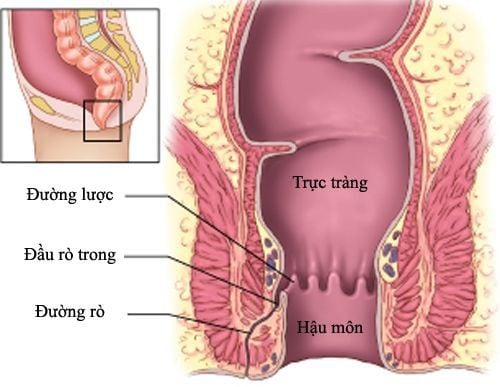
Classification of anal fistula There are many ways to classify anal fistula
Complete fistula: The inner and outer holes are connected. Incomplete leak: The fistula has only one hole, also known as a single leak. Complicated fistula: The fistula zigzags with many nooks and crannies, many openings to the skin, also known as horseshoe fistula. Simple fistula: Straight fistula with few nooks and crannies. Fistula in the sphincter: A superficial fistula is the result of a subcutaneous abscess near the anus, this type of treatment usually gives good results, with little recurrence. Transsphincter fistula: The fistula passes through the sphincter and is the result of an abscess in the rectal fossa. External sphincter fistula: The result of an abscess in the pelvic region of the rectum.
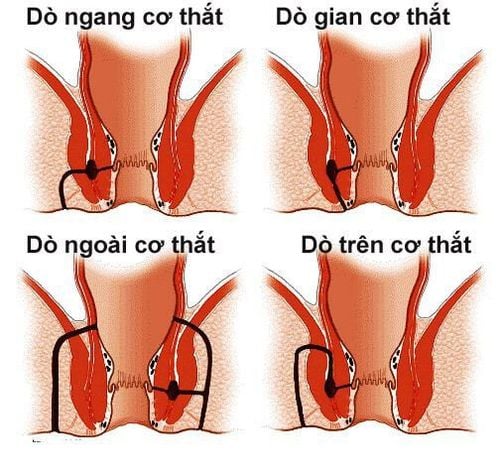
Occasional itching or flaring through the fistula. On examination, the site is firm, painful when pressed, and an anal examination may show an internal fistula. The bacteria that can be encountered in the fistula are intestinal bacteria such as E.coli, streptococcus, staphylococcus, in addition, it can be caused by tuberculosis.
The treatment methods for anal fistula are surgery. In order to cure and not recur, the following requirements must be met:
The internal fistula must be found. Must take out all the fibrous organizations, break all the nooks and crannies. Do not injure the sphincter because it will cause involuntary defecation. Select the appropriate surgical method. Post-operative care must be guaranteed from the inside out, from the bottom up. This disease, if not treated early and properly, will lead to many ominous and adverse health complications. Therefore, patients should not be shy about hiding or receiving treatment at unreliable locations. Experienced doctors with the help of modern equipment at Vinmec International General Hospital will quickly help you get rid of the troubles caused by the disease and quickly return to your daily activities. normal life.
Register for an appointment at Vinmec hospital here.




